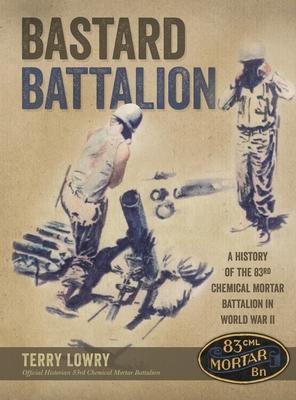When the 83rd Chemical Mortar Battalion was deactivated on November 26, 1945, at Camp Myles Standish, Taunton, Massachusetts, their record read: 3 Distinguished Service Crosses (all posthumously), 5 Legions of Merit (one posthumous), 9 Soldiers Medals, 39 Silver Stars, 97 Bronze Stars, 5 Croix de Guerre, and 876 Purple Hearts and 91 Oak Leaf Clusters. 3 Unit Citations, 508 days in combat, and an estimated 500,000 rounds fired. They also supported 17 infantry divisions, 3 armored divisions, 2 airborne divisions, and numerous task forces, including Rangers and British commandos, and fought under 6 American Corps, 1 French Corps, 2 American armies, and 1 French Army. They fought on two continents and participated in six campaigns, including amphibious and glider assaults.
Their firepower was felt in Sicily, Italy, France, Germany, and Austria. Places such as Gela, San Pietro, Ceppagna, Anzio, Minturno, Venafro, Briancon, the Vosges, Colmar Pocket, Zellenberg, and Riquewihr saw them at their best. The battalion also lost nearly half their number in the sinking of LST 422, one of the worst naval tragedies of World War II. And after all this they were classified as Service Forces not entitled to wear the combat badge they repeatedly earned.
The author spent nearly ten years researching this book, interviewing numerous veterans, spending countless hours at the National Archives reading official reports, attended reunions, and gathered thousands of photographs. This book is truly a great World War II book and a fitting legacy to the men of the 83rd.
